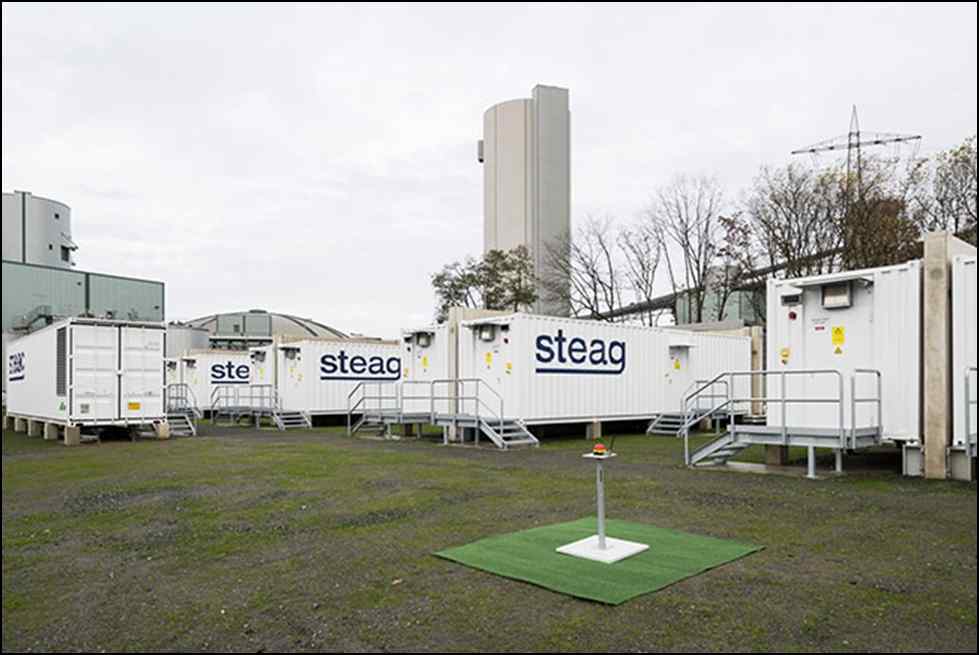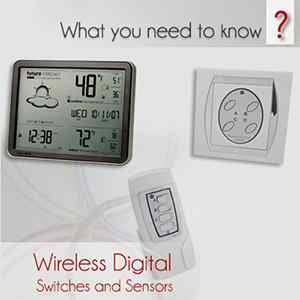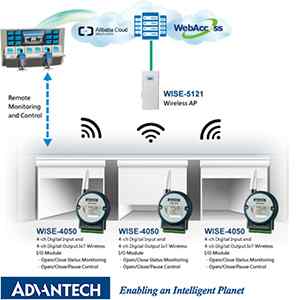Industrial Battery Energy Storage System Manufacturers & Suppliers

Storing Energies is an ancient culture followed from the early period of storing food. Following the culture now we are storing the Electric energy. The battery is the medium of storing energy, the energy observed from the sun or generated from wind is stored in the batteries. This will reduce the dependence on fossil fuels as it is the primary source of generating electricity.
The Energy observed will not meet the requirement for the increasing applications. Energy storage used is a temporal separation between energy production and consumption. To increase the renewable energy the additional storage capacity should be added or the stored energy should be utilised.
Types of Energy Storage:
Electrical Energy Storage(EES): The Electrical Energy Storage includes Electrical storage (capacitor, coil), Electrochemical Storage (batteries), Pumped Hydroelectric, Compressed Air Energy Storage (CAES), Rotational energy storage (flywheels) and Superconducting Magnetic Energy Storage (SMES).
Thermal Energy Storage(TES): The Thermal Energy Storage consists of Sensible Thermal Energy Storage, Latent Thermal Energy Storage, Thermochemical Thermal Energy Storage and Compact Thermal Energy Storage.
Technology
Lithium Batteries: Lithium batteries are of two types they are:
1. Metal lithium battery: These are non-rechargeable single use batteries anode is made of metallic lithium and cathode is made of manganese dioxide (mno2). Lithium-ion batteries provide multiple reversible transformations of chemical energy into electrical energy. The high volts of Lithium-ion cells are typically 3.6/3.7 volts the construction battery takes with only a single cell.
2. Lithium Sulphur battery: Lithium anode + sulphur cathode = lithium sulphur battery. This chemistry would provide an energy density of 6000wh/kg the end of the energy density will be 2000wh/kg. It is a rechargeable battery these high altitude batteries are used in the solar-powered Aeroplane. Lithium-Air batteries are under development the cathode of the battery is replaced with the air.
Vanadium Redox Flow Batteries: Redox (Red for reduction = absorption of electrons, Ox for oxidation = electron delivery) it is a rechargeable battery that applies vanadium ions in different oxidations. The electrolyte dissolves vanadium salts used in sulfuric acid to store chemical potential energy. vanadium redox flow batteries undergo into four oxidations states. The main advantage of the vanadium redox battery is that it can offer unlimited energy storage simply by using large electrolytes storage tanks, it can be left completely discharged for long stretches with no ill effects; if the electrolytes are accidentally mixed, the battery suffers no permanent damage.
Applications of battery energy storage system
The storage of energy indicates the later usage of the resource. Battery energy storage system can be applied anywhere where there is a need for electricity. Energy storage capacity varies depending on the consumption of the energy. A household spends less energy when compared to industry. The power production plants use a heavy energy storage containers to store the energy is considered as an advanced storage system. The Battery Electrical Vehicle also store the energy for the respected miles of transportation. Storing of the energy is considered a smart solution as it helps in a very critical position.
Few Industrial Battery Energy Storage System Manufacturers & Suppliers
1. Tesla: Earlier this year, Tesla made news for unveiling the world’s biggest lithium-ion battery grid in Australia and its plan to install solar Power wall 2 batteries in 50,000 homes across South Australia. As battery prices are low, it has created possibilities for energy storage to become a booming market, launching new products that allow people to produce and consume more energy on-site. Tesla is a well-known game changer in the battle of battery storage technology.
2. LG Chem: LG Electronics, a household name in appliances and consumer electronics, also offers products in the energy storage space. LG’s Energy Storage System (ESS) series include two high-voltage battery systems (RESU7H and RESU10H), along with three low-voltage battery systems (RESU3.3, RESU6.5, and RESU10). The high-voltage designs also provide different inverters that allow consumers to convert solar Direct Current into usable Alternate Current.
3. Nidec: Nidec ASI specializes in providing innovative power control and systems solutions to hundreds of customers worldwide. With a sharp focus on electric motors for Information & Communication technologies. However, Nidec has now expanded into motors for automobiles, office equipment, power plants, ships, industrial machinery (cement, water treatment, rubber and plastic, materials handling, glass, ceramics, paper and ropeway) and home appliances.

4. Nissan: Automaker Nissan offers rechargeable battery solutions, called x storage, which holds 4.2 kWh of energy. The company began selling the storage in the UK, where Tesla and Mercedes-Benz also sell their battery options. Nissan plans to differentiate from its competitors as a sustainable battery provider by using old battery cells in the x storage units. According to the company, x storage's capability of controlling when to take energy from the grid and of reducing the peak of consumption helps consumers reduce their cost of power.
• Last year, it was in talks with Panasonic, but that didn’t work out.
• Nissan later confirmed that they came to an agreement with GSR Capital, a private investment fund based in China but the deal fell through just a month.
• Nissan says that it found a new buyer Envision Group (Envision), a sustainable energy operator.
• Information that flowed from a Nissan presentation earlier revealed that the Japanese automaker is developing a powertrain update for the 2019 version includes a new 60 kWh battery pack with LG Chem cells.
5. Hoppecke: Manufacturer of wet nickel-cadmium batteries. Available with 10A to 1,100A hour capacity and -40 degrees C to +60 degrees C operating temperature. Various characteristics include flame arrestor safety vent, low-pressure vent with internal gas recombination and transparent flame retardant plastic containers. Fit for UPS, switchgear, telecommunications, control, power generation, railway, engine starting and other applications.
6. Shield: With over 100 years’ manufacturing batteries in the UK, Shield Batteries are one of the battery industry’s ‘true professionals’, with a wealth of experience, expertise, and success matched by few other companies. Highly skilled in building with a long proven track record, Shield Batteries are renowned for delivering the ultimate quality and performance in every battery supplied. To this day, our customers trust us to deliver the best products using the best possible components. Our Batteries are not only renowned as manufacturers but also distributors of batteries and associated products into different markets.











